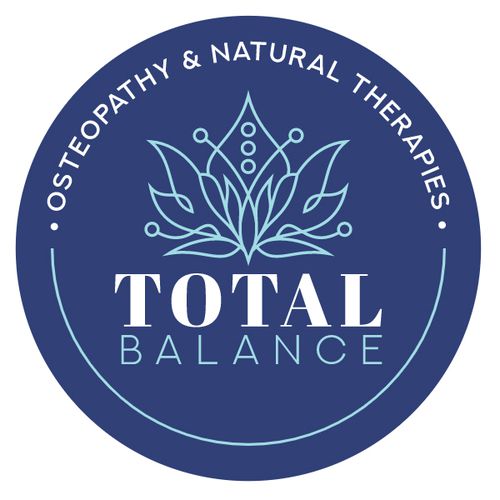
One of the most common sports injuries at this time of year is the hamstring injury. The hamstrings are the muscles at the back of the thigh. Patients often say to me that in the lead up to an injury that no matter how much they stretched their hamstrings, they always seemed tight. This is easily explained if you understand some of the bio-mechanics involved.
Interestingly it’s the muscles at the front of the thigh, the quadriceps, which often cause the trouble.
Tight quadriceps muscles pull on their attachments at the front of the pelvis causing it to move forwards and downwards. This is called anterior pelvic tilt. This has the effect of stretching the attachment of the hamstrings at the back of the pelvis giving rise to the feeling of tightness (or tautness).
Paradoxically excessive stretching of the hamstrings in this situation can actually make the problem worse. If the muscles at the back of the thigh are stretched and the quadriceps muscles are allowed to tighten further, the anterior pelvic tilt can worsen and more tension is felt in the hamstrings.
Of course it’s never quite as simple as that. There are many other factors involved. Poor muscle tone in the lower abdomen, tight hip flexor muscles, poor arch mechanics in the feet and spinal problems can all contribute to increased anterior pelvic tilt.
And then there is the way the hamstrings work. As a runner strides out the hamstrings contract eccentrically, which means they progressively release as the quadriceps at the front contract powerfully, and thus rein in and control movement at the knee. If the hamstrings are already at full stretch when you are standing still, they will be under a huge amount of increased stress during running and therefore are more likely to be injured.
With this in mind here are a few tips to help prevent injuries to the hamstrings:
- Stretch your quadriceps and hip flexor muscles as least as much as your hamstrings.
- Always warm up before and warm down after exercise.
- Work on your core stability to maintain strength and balance in your torso and pelvis.
- And if you still have problems, see your health professional.
For more information on osteopathy visit our Australian Osteopathic Association feature page.
© Copyright Macquarie Osteopaths. Not to be reproduced without express permission.
Originally published on May 03, 2010








